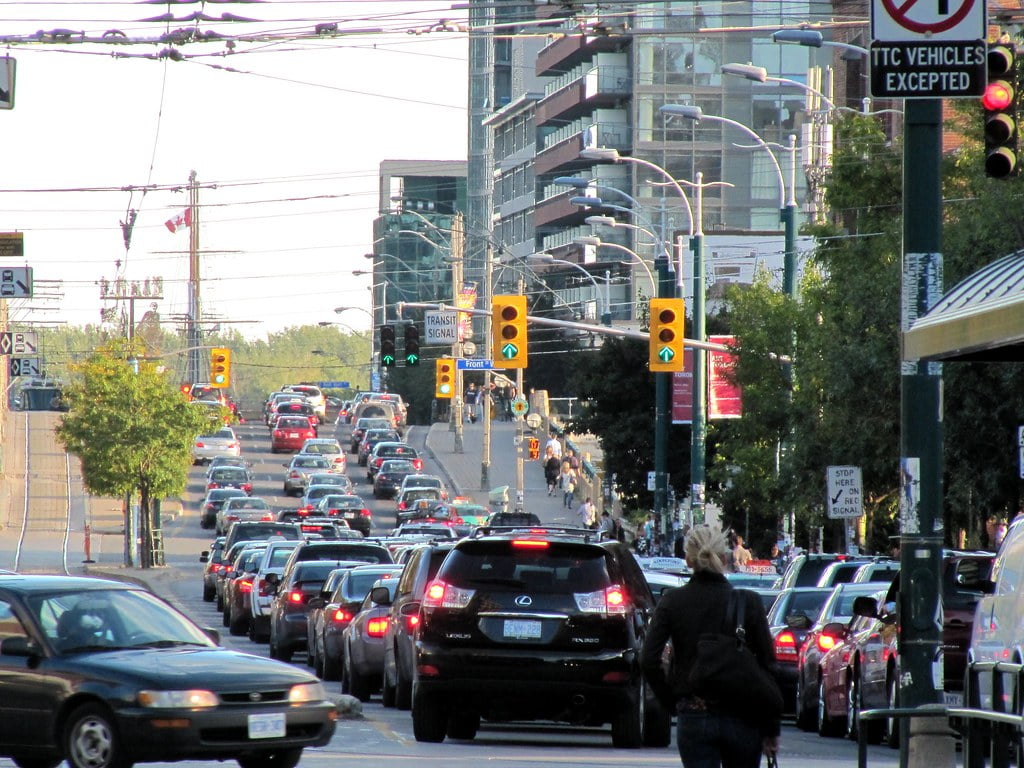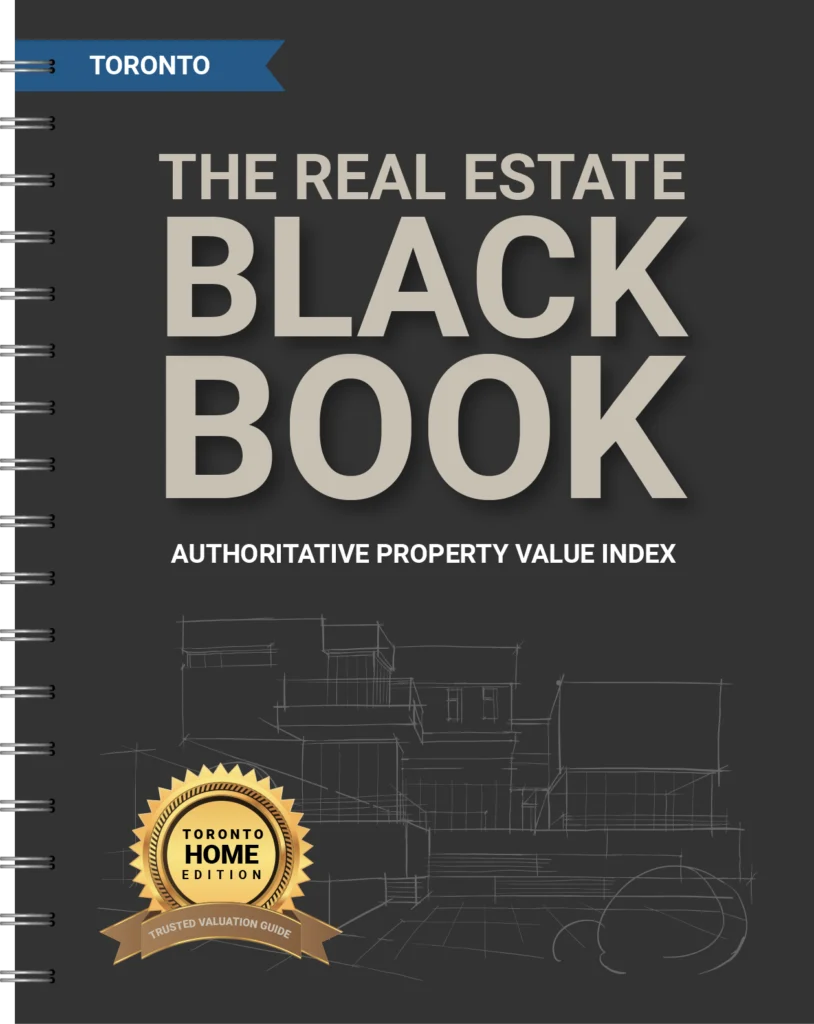Introduction to Toronto’s traffic congestion
Living in Toronto comes with its fair share of challenges, and one of the most significant ones is the notorious traffic congestion. As a resident of this vibrant metropolis, I have personally experienced the frustrations of being stuck in gridlock during rush hour. In this article, I aim to shed light on the causes of traffic congestion in Toronto, its impact on commuters and the city itself, and most importantly, provide you with five effective strategies to navigate your way through this traffic maze for a smoother commute.
Understanding the causes of traffic congestion in Toronto
Traffic congestion in Toronto can be attributed to several factors. The city’s growing population and economic development have led to an increase in the number of vehicles on the road. Furthermore, inadequate infrastructure and urban planning have not kept pace with the rapid urbanization, resulting in bottlenecks and inefficient traffic flow. Additionally, construction projects and road closures exacerbate the problem, causing detours and further congesting alternate routes.
Toronto’s World Ranking in traffic congestion in 2024
According to recent studies, Toronto ranked among the top cities worldwide for traffic congestion in 2024. This ranking highlights the severity of the issue and the urgent need for effective solutions. The study took into account factors such as commute times, traffic volume, and infrastructure quality. As a result, it is clear that Toronto’s traffic congestion is a pressing concern that affects the daily lives of countless commuters.
Here are the top 5 worst ranking cities in the world for congestion in 2024:
- London: London continues to top the list as the city with the worst traffic congestion worldwide in 2024. Drivers in London lost an average of 148 hours due to congestion. The downtown speed is 14 mph.
- Dublin: Dublin ranks second globally in 2024, with drivers losing 158 hours on average. The downtown speed is 16 mph.
- Toronto: Toronto takes the third spot, with drivers losing 98 hours to congestion on average. The downtown speed is 18 mph.
- Milan: Milan is fourth, with drivers losing an average of 137 hours annually. The downtown speed is 17 mph.
- Lima: Rounding out the top five is Lima, where drivers lost 157 hours on average in 2024 congestion. Lima’s downtown speed is 17 mph.
Impact of traffic congestion on commuters and the city
The impact of traffic congestion in Toronto extends beyond the inconvenience of a delayed commute. It negatively affects the productivity and well-being of individuals, as precious time is wasted sitting in traffic. Moreover, increased fuel consumption and emissions contribute to air pollution and environmental degradation. From an economic standpoint, businesses suffer from delayed deliveries and reduced productivity. Furthermore, traffic congestion puts a strain on public transportation systems and increases the risk of accidents, posing a threat to public safety.
Current news and updates on traffic congestion in Toronto
Staying informed about the latest news and updates on traffic congestion in Toronto is crucial for commuters seeking alternative routes or methods of transportation. Local news outlets and online platforms provide real-time information on road closures, accidents, and traffic patterns. Additionally, utilizing smartphone applications that offer live traffic updates can help drivers plan their routes accordingly and avoid congested areas. By keeping abreast of the current traffic situation, commuters can save precious time and minimize the stress associated with traffic congestion.
Strategies for avoiding traffic congestion in Toronto
- Plan your commute strategically: Timing is everything when it comes to navigating Toronto’s traffic congestion. By adjusting your schedule to avoid peak hours, you can significantly reduce your commute time. Consider leaving earlier in the morning or later in the evening to bypass the heaviest traffic.
- Explore alternative modes of transportation: Toronto boasts an extensive public transportation network, including buses, streetcars, and subways. Opting for public transit not only reduces traffic congestion but also provides a more eco-friendly and cost-effective means of commuting. Additionally, cycling or walking short distances can be a viable alternative, especially during the warmer months.
- Make use of technology: Embrace the power of technology to navigate traffic congestion in Toronto. Utilize GPS navigation systems or smartphone apps that offer real-time traffic updates and suggest alternative routes. These tools can help you make informed decisions and avoid congested areas.
- Carpooling and ride-sharing: Consider carpooling or ride-sharing with colleagues or friends who have a similar commute route. By sharing the ride, you reduce the number of vehicles on the road, easing traffic congestion. Additionally, carpooling promotes social interaction and can be a cost-saving measure.
- Telecommuting and flexible work arrangements: Where possible, explore the option of telecommuting or flexible work arrangements. Working remotely reduces the number of vehicles on the road during peak hours and can significantly alleviate traffic congestion. Collaborate with your employer to find a suitable arrangement that benefits both you and the city.
How traffic congestion in Toronto impacts real estate
Here are five ways traffic congestion in Toronto impacts real estate:
- Proximity to transit stations increases property values: Several studies show that properties located within 1km walking distance of transit stations see a boost in value, especially near subway stations. This is due to the travel time-savings and convenience provided by transit access.
- Home prices decrease the closer they are to major roads: While transit access raises prices, being directly adjacent to busy main roads lowers home values due to noise, traffic, and safety issues. Properties just a few blocks away sell for 10-15% more.
- Longer commute times encourage demand for suburban properties: As commuting becomes more difficult, demand rises for affordable suburban homes further from the city center. This leads to price growth in suburban neighborhoods.
- Telecommuting and remote work affect housing location preferences: With more remote work options, commute time is less of a priority in home-buying decisions. However, some companies are mandating return to offices, making commute time important again.
- Traffic congestion increases demand for mixed-use “15-minute neighbourhoods”: Walkable neighbourhoods with amenities and transit access within a 15-minute walk are increasingly desirable to avoid commute frustrations. This raises prices in these areas
Alternative modes of transportation in Toronto
Toronto offers a diverse range of alternative transportation options that can help alleviate traffic congestion and provide a greener commute. The city’s extensive public transit system, including buses, streetcars, and subways, provides a reliable and efficient means of transportation. Investing in a monthly transit pass or using contactless payment methods, such as the Presto card, ensures seamless travel across the city. Additionally, Toronto’s bike-sharing program, Bike Share Toronto, allows commuters to rent bicycles for short trips, promoting a healthier and eco-friendly mode of transportation.
Using technology to navigate traffic congestion in Toronto
In today’s digital age, technology plays a pivotal role in helping commuters navigate through Toronto’s traffic congestion. Smartphone applications such as Waze, Google Maps, and Apple Maps offer real-time traffic updates, alternative route suggestions, and estimated arrival times. These apps leverage crowdsourced data and GPS technology to provide accurate and up-to-date information. Additionally, in-car navigation systems equipped with live traffic information can guide drivers away from congested areas. By harnessing the power of technology, commuters can make informed decisions and optimize their routes for a smoother commute.
Advocacy and initiatives to reduce traffic congestion in Toronto
Recognizing the need for long-term solutions, several advocacy groups and initiatives have been working towards reducing traffic congestion in Toronto. Organizations such as Transport Action Ontario and Toronto Environmental Alliance advocate for improved public transportation infrastructure, cycling lanes, and pedestrian-friendly urban planning. Additionally, city officials have implemented initiatives such as road tolls and congestion charges to discourage private vehicle usage during peak hours. These efforts aim to promote sustainable transportation options and reduce traffic congestion in the long run.
The future of traffic congestion in Toronto
As Toronto continues to grow and evolve, the future of traffic congestion remains a significant concern. However, advancements in technology, urban planning, and transportation infrastructure offer hope for a smoother commute. The adoption of electric vehicles, the expansion of public transit networks, and the integration of smart city initiatives can contribute to alleviating traffic congestion. Furthermore, continued advocacy and community engagement will play a crucial role in shaping the future of transportation in Toronto.
Conclusion and final thoughts on navigating Toronto’s traffic congestion
Toronto’s traffic congestion is an ongoing challenge that requires a multi-faceted approach to address effectively. By understanding the causes of traffic congestion, exploring alternative modes of transportation, utilizing technology, and supporting advocacy initiatives, we can collectively work towards a smoother commute. As residents of this city, it is our responsibility to embrace sustainable transportation options and promote a more efficient and environmentally friendly urban landscape. Together, we can navigate Toronto’s traffic congestion and create a city that thrives with seamless mobility and enhanced quality of life.



